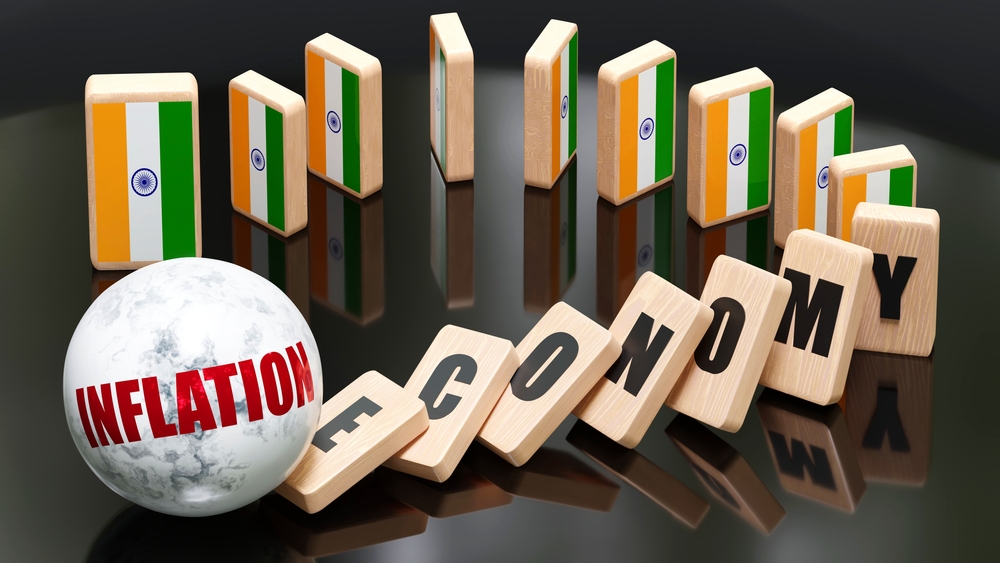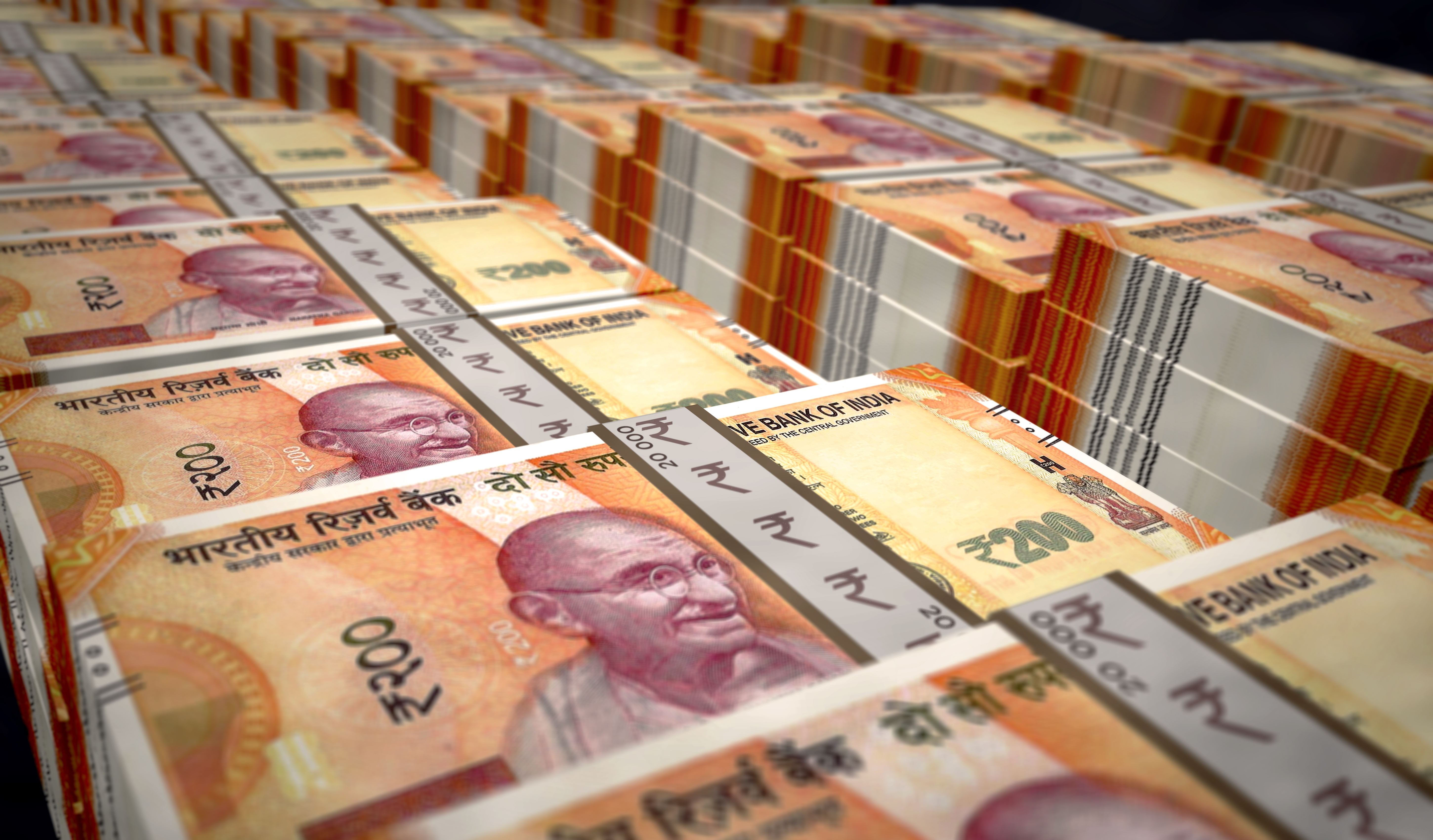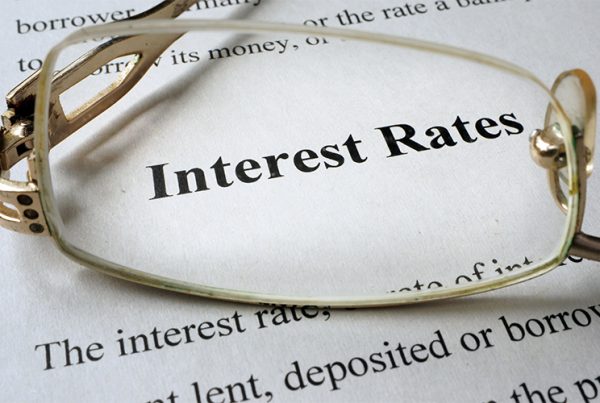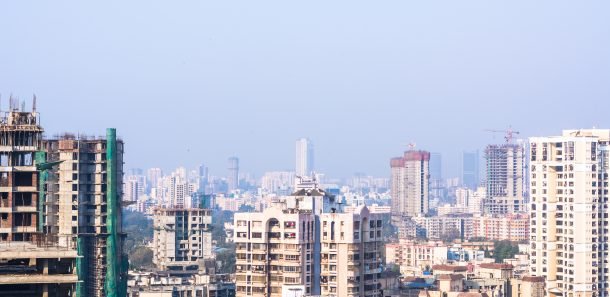Insidious to sustainable growth…But India knows how to deal with inflation
There’s no inflation in a junkyard, and India is a world away from junkyard status: for a decade or more, the Subcontinent has been a global economic powerhouse, with domestic GDP rising year on year by an average of 7.2%… until, that is, COVID exercised its icy grip. Over the last two years Indian GDP increased by an aggregate of 5.4% (still impressive in comparison with 2.3% in the United States, and a paltry 0.1% in the UK this February, but weak all the same). Lockdown restrictions had delivered a profound shock to economic systems across the planet…the biggest for three hundred years, and every major economy saw inflation fall as consumer demand was stifled.
Thankfully, that’s mostly behind us now, as the world wakes from its uneasy hibernation, and India’s economy has started to surge forward again: with commentators predicting GDP growth of 7.4% on the Subcontinent over the year ahead (www.ficci.in). But economic orthodoxy dictates this is pretty much a zero sum game, and expansion (however welcome) comes at a cost…unless properly managed it brings higher inflation in its wake, which is why (see above), there’s no inflation in a junkyard (and when managed recklessly, think Venezuela, those inflationary pressures can stifle growth altogether: adding further junk where there should be gems).
Nimble Footed
No surprise, then, that faced with the (welcome) news of renewed growth, the Reserve Bank of India has now revised its inflation estimate for the coming year to 5.7% (www.rbi.org.in); animated in substantial part by forecasts of oil prices circling around $100 a barrel for the foreseeable future (a factor, of course, almost entirely outside India’s control).
At the same time though, the Central Bank has committed itself to remaining “nimble footed” in an attempt to reign in prices: introducing, in particular, a refashioned Standing Deposit Facility to better manage cash circulating within the economy: less cash means lower demand, and lower demand means lower prices. The repo rate, at which banks borrow from the Central Bank, was pegged at 4%, and the reverse repo rate, governing the terms on which surplus cash is deposited with the Bank, remains at 3.35%: which is more or less where we’ve been since the start of the pandemic. In other words, the Subcontinent isn’t about to throw the baby out with the bathwater, especially when it comes to economic stability.
A Shift in Emphasis
So, be in no doubt, Shaktikanta Das, the Reserve Bank’s Governor, was just telling it like it is: "In our sequence of priorities, we have now put inflation before growth… For the last three years, starting February 2019, we had put growth ahead of inflation. The stance continues to be accommodative while focusing on withdrawal of accommodation. So, we are gradually moving away from that stance”.
Markets responded favourably to the announcement, with Sensex rising to 59,447 points, and the benchmark bond yield soaring by 21 basis points to 7.12% (near enough a three year high). Knowing, as they do, that the shift in policy emphasis can only be good for the future of India’s economy, investors are continuing to vote with their pocket books…
The Reserve Bank has commendably demonstrated that it knows how to deal with inflation, and that has to be a good thing.
Executive Overview
As the world opens up after COVID, expansionary economic policies need to be tempered with a cautious awareness of the dangers of inflation…And India is doing that rather well.
Invest in Red Ribbon Asset Management

Red Ribbon is committed to identifying and building on investment opportunities that are fully in compliance with its core Planet, People, Profit policy: not only offering above market rate returns for investors but also protecting our Natural Capital.








Leave a Reply